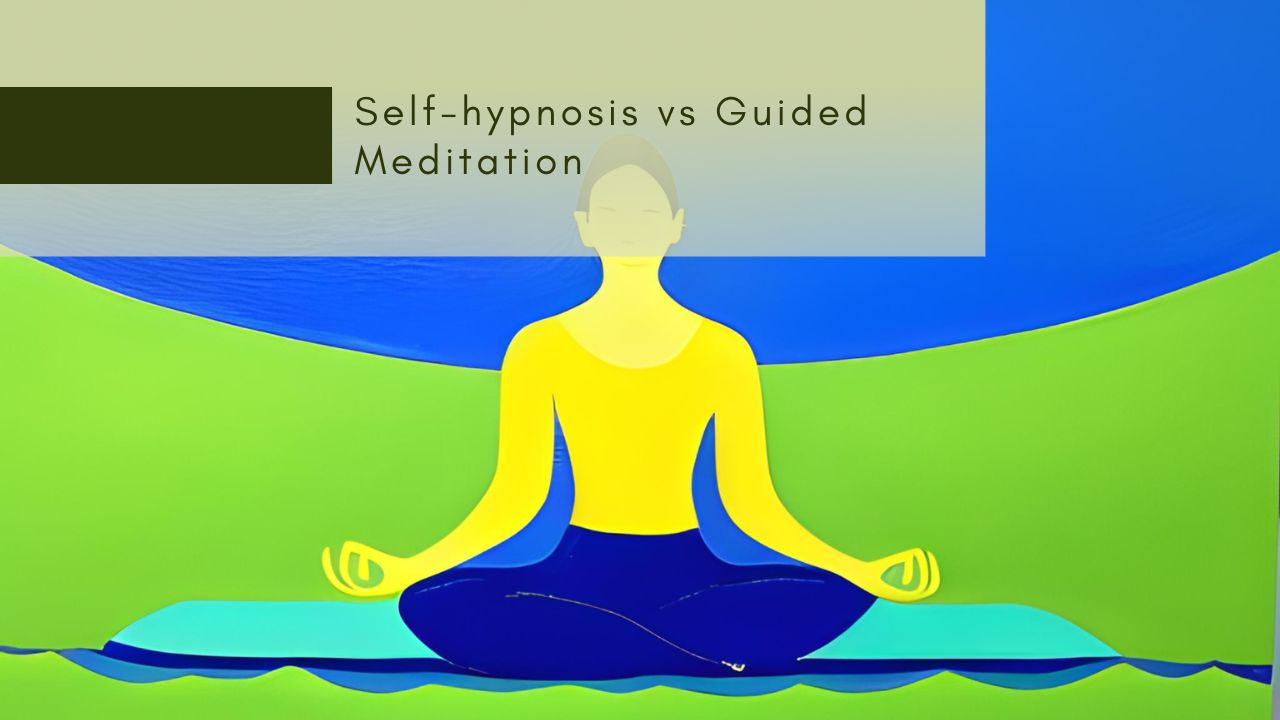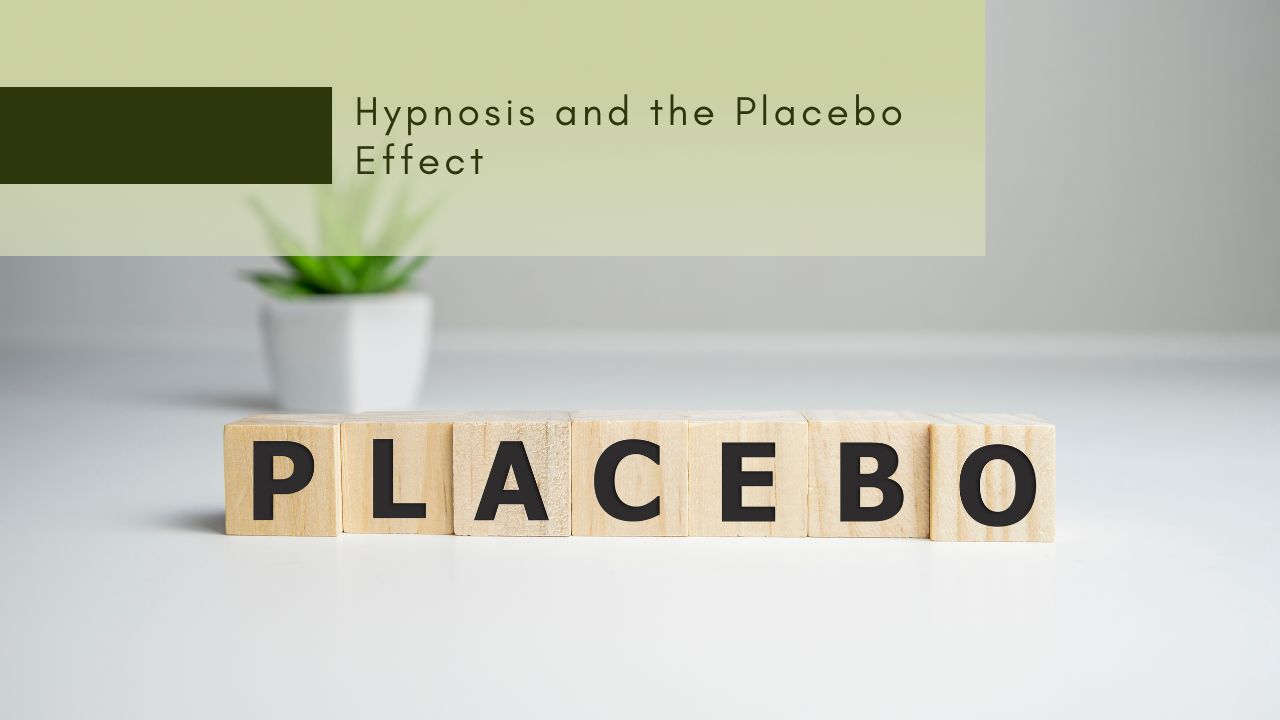What is Self-Hypnosis?
Self-hypnosis is a self-induced trance in which you allow your mind to reach a deep state of relaxation. During this relaxed hypnotic state, you either set intentions for yourself or listen to an audio guide. In this state, you can focus on motivating yourself to achieve desired changes, gaining control over your thoughts and emotions. Self-hypnosis is about developing and using your focus in a goal-oriented manner.
What is Guided Meditation?
Guided meditation is a mind-body practice where an experienced person verbally guides you through the meditative process, often describing relaxing images and scenarios to set the tone and mood. Sometimes called guided imagery or visualization, guided meditation is not the same as hypnosis. Hypnosis includes guided imagery, visualization, and other types of suggestions, but it aims to trigger some type of change for the participant, such as stopping smoking or overcoming a fear or phobia.
What is the Difference Between Self-Hypnosis and Guided Meditation?
Self-hypnosis involves an individual entering a trance to facilitate change and achieve a goal, while guided meditation involves another person verbally guiding the participant into a mental space of imagery or visualization without a specific goal in mind.
How Beneficial is Self-Hypnosis?
Hypnotherapists encourage clients to practice self-hypnosis as part of their treatment. This may involve teaching clients techniques to relax into a hypnotic state or providing customized hypnosis recordings with suggestions that support the desired changes.
How to Practice Self-Hypnosis
Learning self-hypnosis is relatively easy, but like any new skill, it takes practice. Psychology Today suggests the following method for achieving self-hypnosis:
- Find a quiet place where you can sit for about five minutes without interruptions. Ensure your back is supported, and you are sitting comfortably.
- Uncross your legs and rest your hands in your lap. Take a deep breath through your nose and exhale through your mouth. Focus on your breath, visualizing it entering and leaving your body. After two more deep breaths, close your eyes on the third exhale.
- Spend a few minutes focusing on your breath. If your mind wanders, gently return your attention to your breath.
- As you relax, allow your body to feel heavy in your seat. Notice your limbs becoming weighted and sinking into the chair.
- In your mind, gently repeat a positive mantra aligned with your goals, such as “I am calm, I am in control, I am relaxed.” Use “I” language and keep the mantra positive and soothing. Repeat this mantra, allowing your body to relax further.
- After five minutes, you will start to feel energy returning to your body. Focus on each limb and body part, sending energy and confidence. Take three more deep breaths, counting backward from 10 to one. At the count of one, open your eyes and take a couple of minutes to enjoy the positive experience of dedicating this time to yourself.
Conclusion
In conclusion, self-hypnosis and guided meditation are two distinct practices that can help you achieve relaxation, self-improvement, and mental well-being. While self-hypnosis focuses on inducing a trance state to facilitate change and achieve goals, guided meditation provides a verbally guided experience for relaxation and visualization without a specific goal. Both practices offer numerous benefits, and learning self-hypnosis can be an empowering and transformative experience. By incorporating these techniques into your daily routine, you can enhance your overall mental and emotional well-being, making it easier to tackle life’s challenges with a calm and focused mind.




